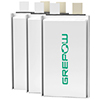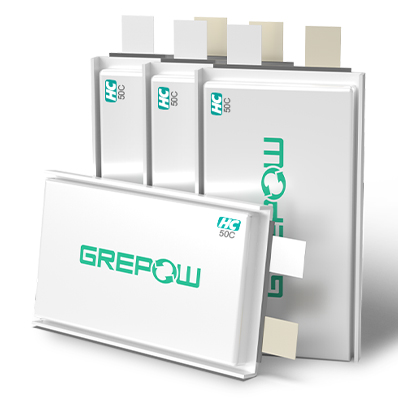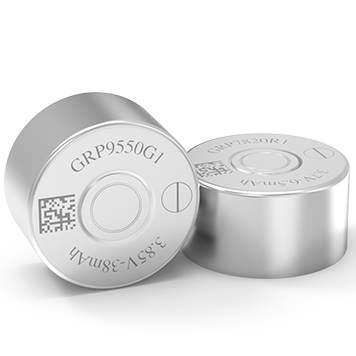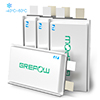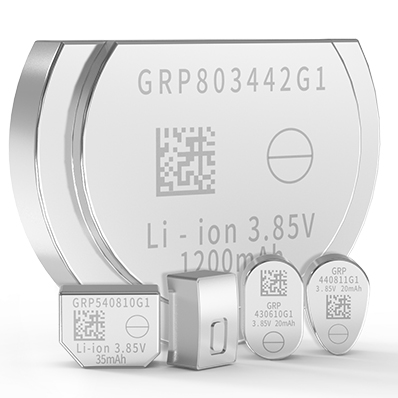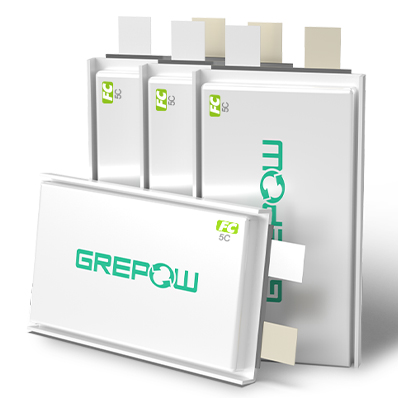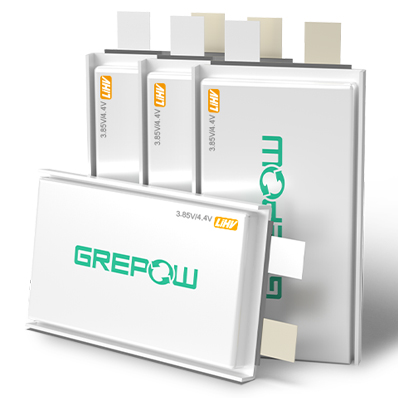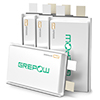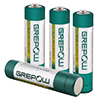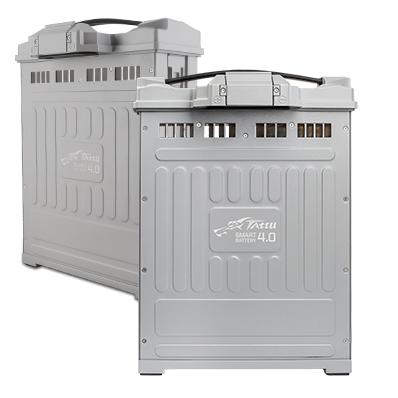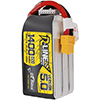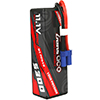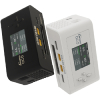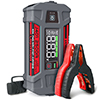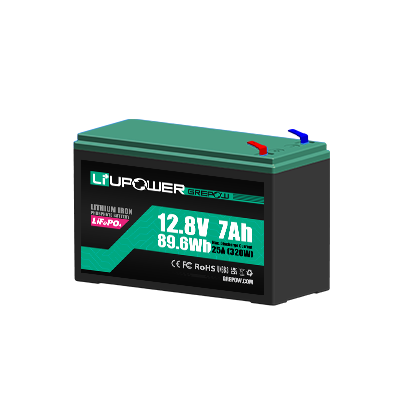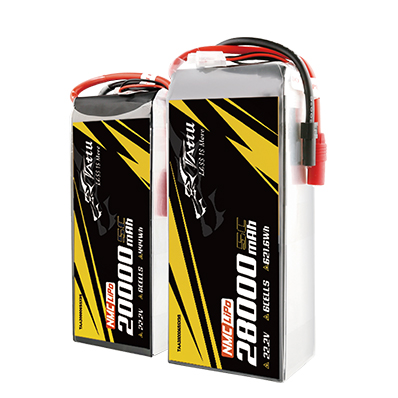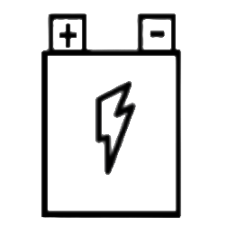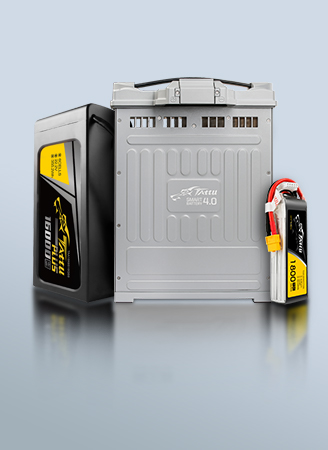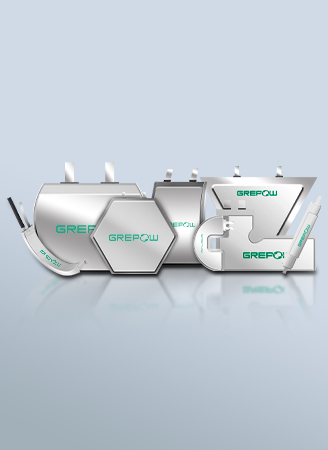What Are Hydrogen-Powered Drones and eVTOLs?
As the demand for longer-endurance, environmentally sustainable aerial mobility solutions continues to rise, hydrogen-powered drones and electric vertical take-off and landing (eVTOL) aircraft are emerging at the forefront of aerospace innovation. With zero emissions, high energy density, and extended flight times, hydrogen propulsion technology is poised to revolutionize both Unmanned Aerial Vehicles (UAVs) and manned aerial mobility platforms. This article explores how hydrogen-powered UAVs and eVTOLs work, the role of hybrid systems, and the technology trends driving the future of aerial propulsion.
What Is a Hydrogen-Powered Drone/UAV?
A hydrogen-powered drone (also known as a hydrogen UAV) is an unmanned aerial vehicle that uses hydrogen fuel cells or hydrogen combustion engines as its primary source of energy instead of traditional lithium batteries or fossil fuels. Unlike conventional drones that rely solely on lithium-ion or lithium-polymer (LiPo) batteries, hydrogen-powered drones generate electricity through an electrochemical reaction between hydrogen and oxygen, producing only water and heat as byproducts. This technology enables drones to achieve significantly longer flight times—often 2–4 times that of battery-powered drones—making them ideal for applications requiring extended endurance, such as surveillance, infrastructure inspection, precision agriculture, and cargo delivery.
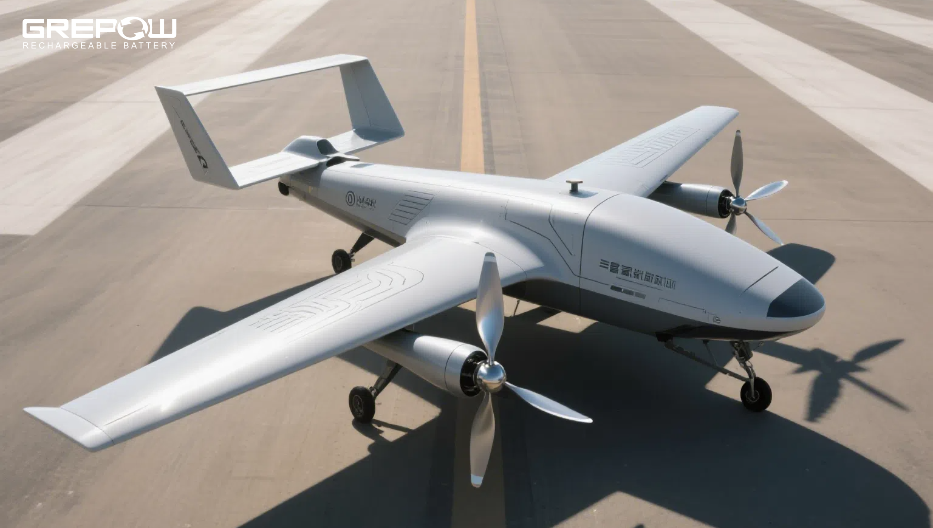
How Do Hydrogen-Powered Drones Work?
The heart of a hydrogen-powered drone is the fuel cell, most commonly a Proton Exchange Membrane (PEM) fuel cell. Here's a simplified breakdown of the process:
●Hydrogen Supply: Hydrogen gas (H₂) is stored in a lightweight, high-pressure tank or, in some advanced systems, as a liquid (LH₂).
●Anode Reaction: The hydrogen flows to the anode side of the fuel cell. A catalyst (often platinum) separates the hydrogen atoms into protons (H⁺) and electrons (e⁻).
●Electron Flow (Electricity Generation): The electrons are forced to travel through an external electrical circuit to reach the cathode. This flow of electrons constitutes the electric current that powers the drone's electric motors, avionics, and other components.A small battery is often included to handle peak power demands, such as during takeoff or rapid maneuvers, ensuring smooth operation.
●Proton Migration: The protons, being positively charged, pass through a specialized proton-exchange membrane to the cathode side.
●Cathode Reaction: At the cathode, oxygen (O₂) from the air combines with the protons and the returning electrons to form water (H₂O), which is expelled as vapor. This reaction also generates some heat.
This continuous electrochemical process generates electricity as long as hydrogen and oxygen are supplied, providing a significantly longer operational time compared to battery-only systems.The generated electricity can be stored temporarily in buffer batteries or supercapacitors to handle power surges during peak loads such as takeoff and climbing.
How Does a Hydrogen-Electric Hybrid Drone Work?
While some hydrogen drones rely solely on fuel cells for power, many incorporate a hybrid hydrogen-electric system. A hydrogen-electric hybrid drone combines a hydrogen fuel cell with a battery to optimize performance. This configuration combines the high energy density of hydrogen fuel cells with the high power density and rapid discharge/recharge capabilities of batteries.
●Fuel Cell Contribution: The hydrogen fuel cell delivers steady, long-duration power due to its high energy density. It is ideal for cruising or low-power operations, significantly extending flight time.
●Battery Contribution: The battery provides high specific power (W/kg), which is critical for short bursts of energy during VTOL operations or maneuvers requiring rapid acceleration. Batteries also act as a failsafe, providing emergency power if the fuel cell system is depleted.
●Energy Management: A power management system coordinates the two power sources, ensuring seamless transitions.
This hybrid setup ensures flight stability, better load distribution, and extended mission time, while reducing reliance on large, heavy battery packs.
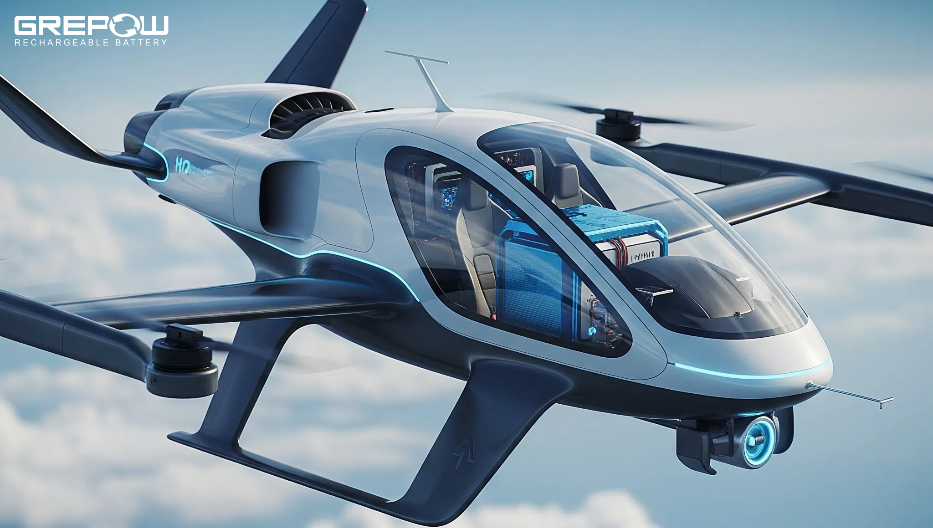
Are All Hydrogen-Powered Drones a Hybrid of Hydrogen and Electricity?
Not all hydrogen drones are hybrids, but most commercially viable models are. Pure hydrogen fuel cell drones exist and can achieve continuous flights of five hours or more. For most practical drone applications, especially those requiring dynamic flight and bursts of power, a hybrid system with a battery buffer is preferred. The battery provides the necessary instantaneous power that a fuel cell, due to its slower response time, might not be able to deliver on its own. In essence, even if a drone is labeled as "hydrogen-powered," it almost always includes an electric component, since fuel cells generate electricity, not mechanical thrust directly.
What Is the Power Supply Technology Trend of eVTOL?
The eVTOL (electric Vertical Take-Off and Landing) market is a rapidly evolving sector with ambitious goals for urban air mobility, regional air travel, and cargo delivery. The future of eVTOL power systems is defined by energy density, safety, environmental sustainability, and rapid recharging/refueling capabilities. Battery technology is advancing with innovations like silicon-dominant anodes and solid-state batteries to improve energy density, power output, and charging speed. However, the trend is shifting toward hydrogen-electric systems, which promise:
●Longer Range: Hydrogen’s energy density could extend eVTOL ranges to 500+ km.
●Rapid Refueling: 3–10 minutes vs. hours for batteries.
●Sustainability: Green hydrogen (produced via renewables) offers a carbon-neutral cycle.
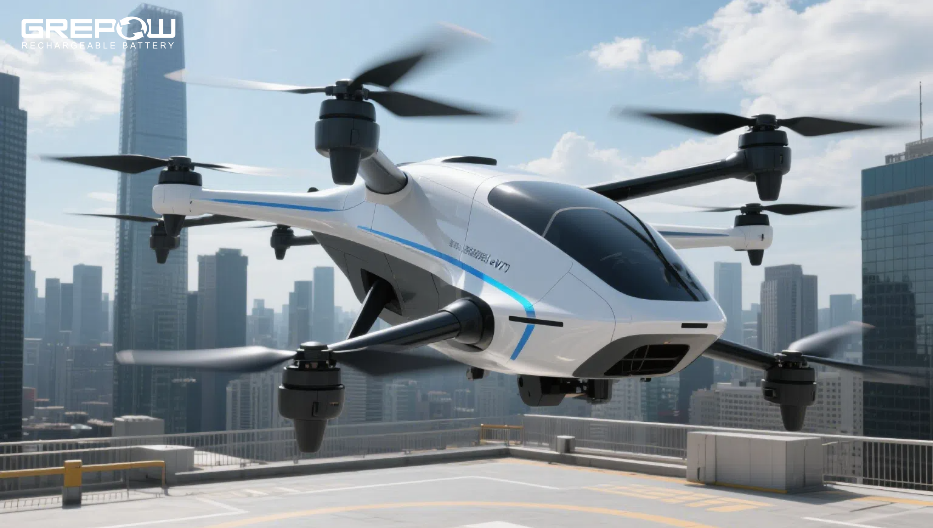
How Does the Hydrogen-Powered eVTOL Work?
Hydrogen-powered eVTOLs operate on similar principles to hydrogen drones, but on a larger scale and with more complex integration.
Here's how a typical hydrogen-electric hybrid eVTOL might work:
●Hydrogen Storage: Liquid hydrogen (LH₂) is often preferred for eVTOLs due to its higher volumetric energy density compared to compressed gaseous hydrogen, allowing for more fuel storage within a given volume. This requires cryogenic tanks to maintain the extremely low temperatures needed for liquid hydrogen.
●Fuel Cell System: A bank of fuel cells (e.g., PEM fuel cells) converts the hydrogen into electricity. This electricity is then supplied to the eVTOL's distributed electric propulsion system.
●Electric Motors and Rotors: The eVTOL uses multiple electric motors to drive its rotors or propellers. These motors can be arranged in various configurations (e.g., tilt-rotors, tilt-wings, or dedicated lift and cruise propellers) to enable both vertical lift and efficient forward flight.
●Battery Buffer (Hybrid Configuration): A battery pack works in conjunction with the fuel cells. During vertical takeoff and landing, where significant power is required, the battery supplements the fuel cell output. During cruise, the fuel cell primarily powers the aircraft, and any excess energy can be used to recharge the battery.
●Power Management Unit: A sophisticated power management unit intelligently controls the flow of electricity from the fuel cells and batteries to the various motors and systems, optimizing performance, efficiency, and safety across all flight phases.
●Thermal Management: Managing the heat generated by the fuel cells and electric motors is crucial, often involving advanced liquid-cooling systems and heat exchangers.
●Water Byproduct: The primary emission from the fuel cells is water vapor, which can be vented into the atmosphere.
Challenges and Future Outlook
Infrastructure: Limited hydrogen refueling networks hinder adoption.
●Cost: Fuel cells remain expensive, though prices are falling (projected 50% reduction by 2030).
●Safety: Advanced tank materials and leak-detection systems mitigate flammability risks.
●Vision: With green hydrogen production scaling, hydrogen drones and eVTOLs could revolutionize transport, disaster response, and cargo delivery by 2035.
Conclusion
Hydrogen-powered drones and eVTOLs represent a paradigm shift in the future of flight. With superior endurance, rapid refueling, and eco-friendly operation, they offer compelling advantages over traditional lithium-battery or fossil-fuel systems. While challenges remain in terms of hydrogen infrastructure, storage, and cost, the potential for zero-emission, long-endurance air travel positions hydrogen as a critical enabler for the future of aviation.Collaborative investment in infrastructure and R&D will be pivotal to realizing this future.
Grepow, a leading global drone battery manufacturer, provides semi-solid state batteries boasting an energy density of up to 350 Wh/kg. This significantly extends UAV endurance, serving both industrial drone applications and the rapidly growing eVTOL market. We're committed to continuous battery technology innovation to meet diverse requirements. If you have any questions or needs, please feel free to contact us at info@grepow.com.
Related Articles
-

Vatican Drone Show: Where Technology Meets Faith
2025-09-15 -
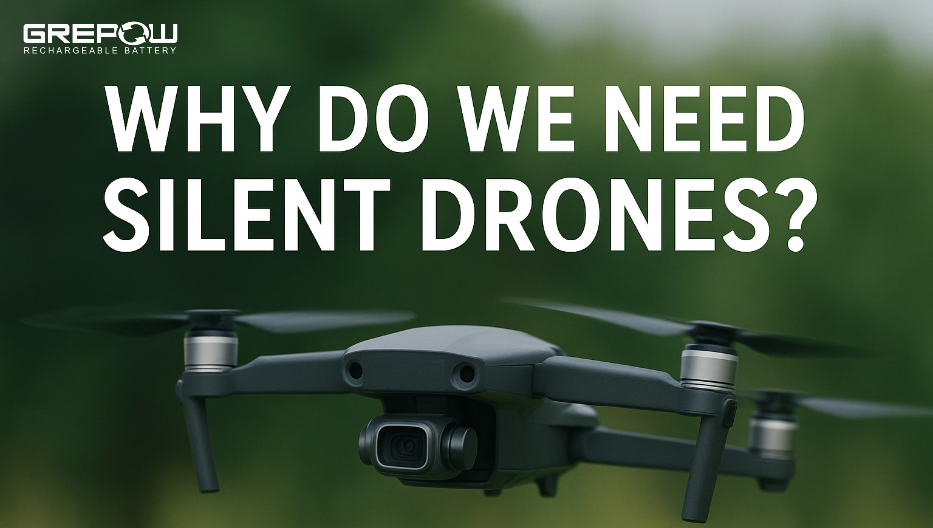
Why Do We Need Silent Drones?
2025-09-02 -
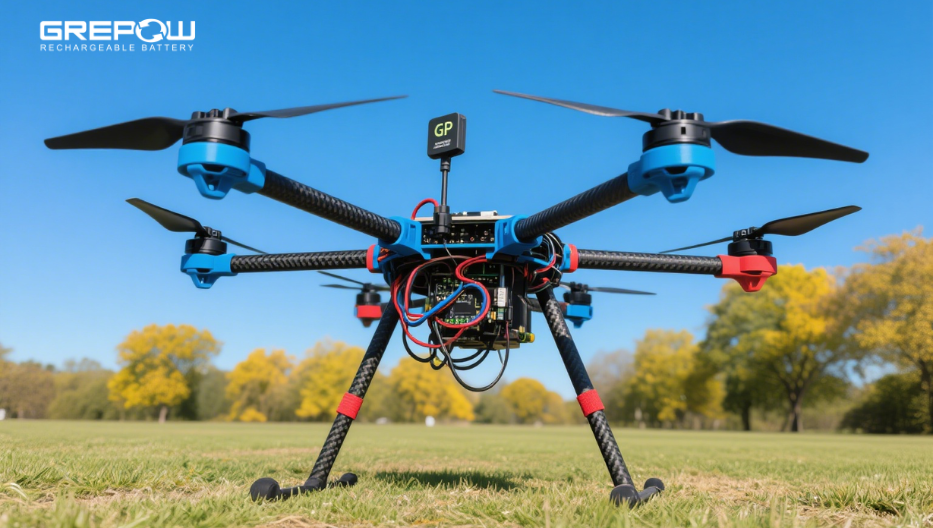
What is an Open-Source Drone?
2025-08-29
Related products
-
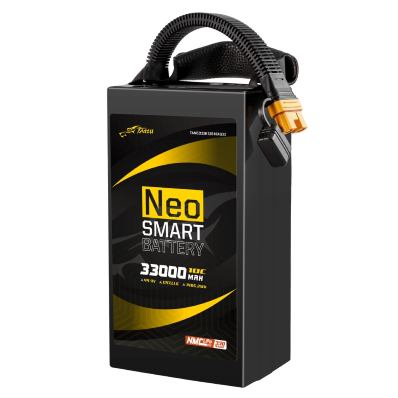
Tattu Neo Compact Smart Series Batteries For Industrial Drones
-
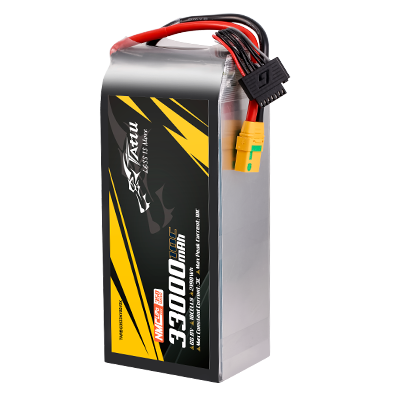
350Wh/kg Series Semi-Solid State High Energy Density Battery Pack
-
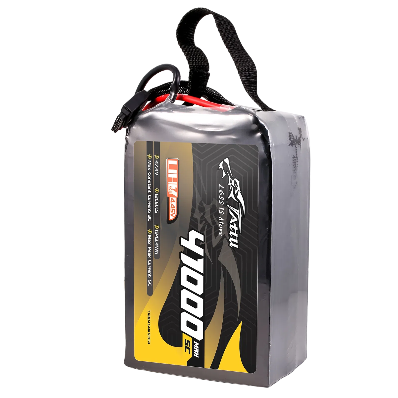
4.45V Ultra High Voltage Series Semi-Solid State Battery

